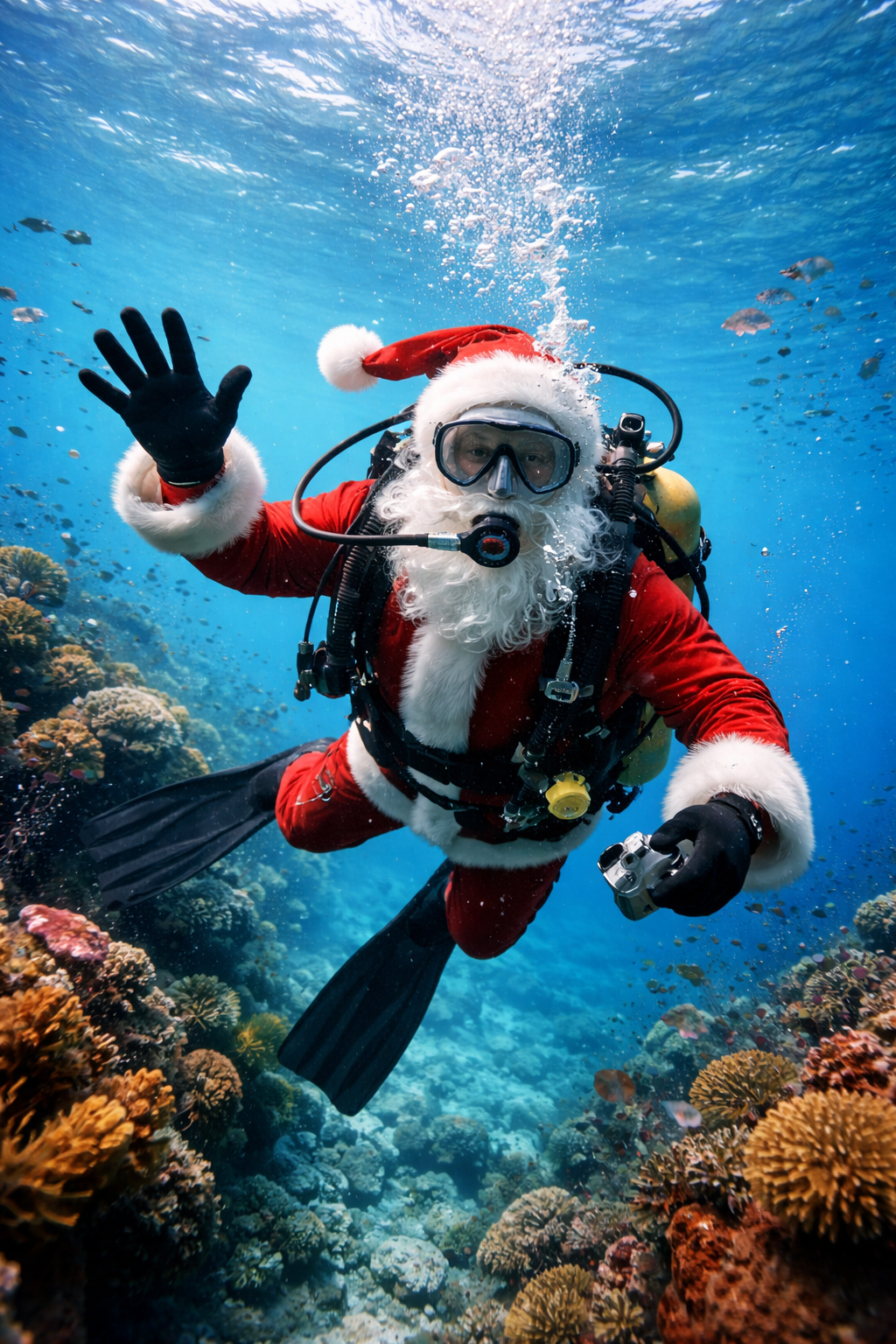CCR Air Diluent Deco Procedures Diver
Are you an open circuit technical diver looking to cross over to the “silent” side? Or maybe you are a CCR Air Diluent Diver looking to progress to the next level? Either way, TDI’s CCR Air Diluent Decompression Course is the next step.Using the latest technology in CCR’s can maximize your gas supply and provide an optimum breathing gas for any depth by maintaining a constant partial pressure of oxygen. Like having a blending station on your back, a CCR is the ultimate tool for technical divers.
Availability: Contact us for booking information
Who this course is for:
- The open circuit technical diver, or entry level CCR diver, looking to utilize CCR technology to extend their depth limits and bottom times.
Course prerequisites:
- Minimum age 18
- Provide proof of 50 logged dives
- Provide proof of TDI Advanced Nitrox Diver and Deco Procedures Diver or equivalent from agencies recognized by TDI
- If the rebreather is a TDI approved sidemount rebreather, the student must hold the TDI Sidemount Diver certification or equivalent and provide proof of 10 logged sidemount dives
OR
- Minimum age 18
- TDI Air Diluent CCR Diver certified or equivalent
- 30 hours on the CCR unit
- Six months CCR diving experience
What you can expect to learn:
The TDI CCR Air Diluent Decompression Diver course takes an in-depth look at all of the following and more:
- History and evolution of rebreathers
- Comparison of Open Circuit (OC), closed circuit, and Semi-closed Circuit Rebreather (SCR) systems noting the pros and cons of each
- Practical mechanics of the system
- Gas physiology
- Proper scrubber packing: in accordance with manufacturers recommendation
- Electronic or manual systems design and maintenance
- Dive tables
- Dive computers
- Dive planning
- Emergency procedures
- Dive checklists
- Predive checks
Some of the required skills you will have to demonstrate include the following:
- All open water dives must be between 9 metres/30 feet to 45 metres/150 feet
- Two dives must be deeper than 20 metres/66 feet and one dive must be deeper than 30 metres/100 feet
- PO2 not to exceed manufacturer’s recommendation or a working limit of 1.3 bar
- All dives to be completed within CNS percent limits with a recommended maximum of 80 percent of the total PO2 CNS limit
- Safety stops to be conducted with a minimum 3 minutes at 6 metres/20 feet
- When the user opts for an automatic diluent valve (ADV) fitted by the manufacturer, additional skills such as regular diluent gauge monitoring and addition control must be emphasized
- Calculate all off board gas at 45.30 litres/1.0 cubic feet per minute usage to cover stress situations
- All dives to be completed within appropriate constant PO2 decompression tables
- Students must do one bailout from depth on open circuit to include simulated decompression
- Pre dive checks utilizing the TDI Pre-flight checklist or manufactures required pre-dive checklist
- Unit build-up
- Scrubber packing
- Demonstrate correct pre dive planning procedures
- Mouthpiece familiarity drills
Simulated emergency procedures including:
- Gas shutdowns and loss of gas
- Broken hoses
- Flooded absorbent canister
- Carbon dioxide (CO2) breakthrough
- Semi-closed mode
- Low oxygen drills
- High oxygen drills
- Flooding loop
- Electronics and battery failure
- Properly execute the ascent procedures for an incapacitated CCR diver
- Use of BCD/suit and effective management of loop breathing volume for buoyancy control
- Stop at 3-6 metres/10 – 20 feet on descent for leak bubble check
- Electronics systems monitoring for PO2 levels (SETPOINT) and switching set points
- Manual control of set point if electronically controlled CCR is not used
- Use of lift bag/delayed surface marker buoy and reel
- Proper execution of the dive within all pre-determined dive limits
- Constant loop volume management
- Post dive clean of unit to avoid contamination and spread of disease
- Dive maintenance of unit
- Cell remove and replace
- Mouth piece strip and rebuild
- Replacing batteries
- Demonstrate comfort swimming on surface and at depth carrying 1 bailout/decompression cylinder
- Demonstrate ability to drop and retrieve 1 bailout/decompression cylinder while maintaining position in the water column
- Demonstrate ability to deploy SMB or lift-bag solo and as a member of a team
- Demonstrate appropriate reaction to gas hemorrhage from manifold or first stage, SPG and primary regulator
- Demonstrate appropriate reaction to simulated free-flowing deco regulator
- Buddy breathing deco gas for at least 1 minute
- Oxygen rebreather mode at less than 6 metre/20 foot stop
What’s in it for you?
Upon successful completion of this course, graduates may engage in decompression diving activities utilizing the CCR they were trained to dive with, without direct supervision of the TDI Instructor so long as the following limits are adhered to:
- The diving activities approximate those of training
- The areas of activities approximate those of training
- Environmental conditions approximate those of training
- To a maximum depth of 45 metres/150 feet
- Utilizing air diluent



